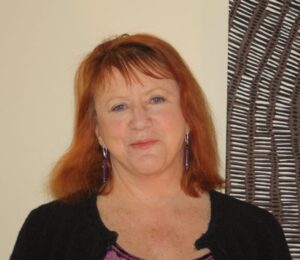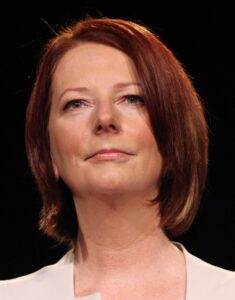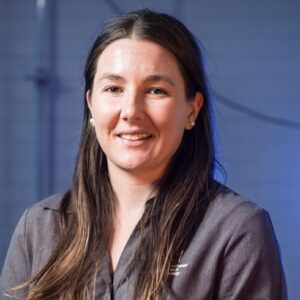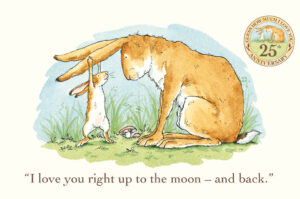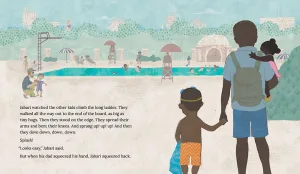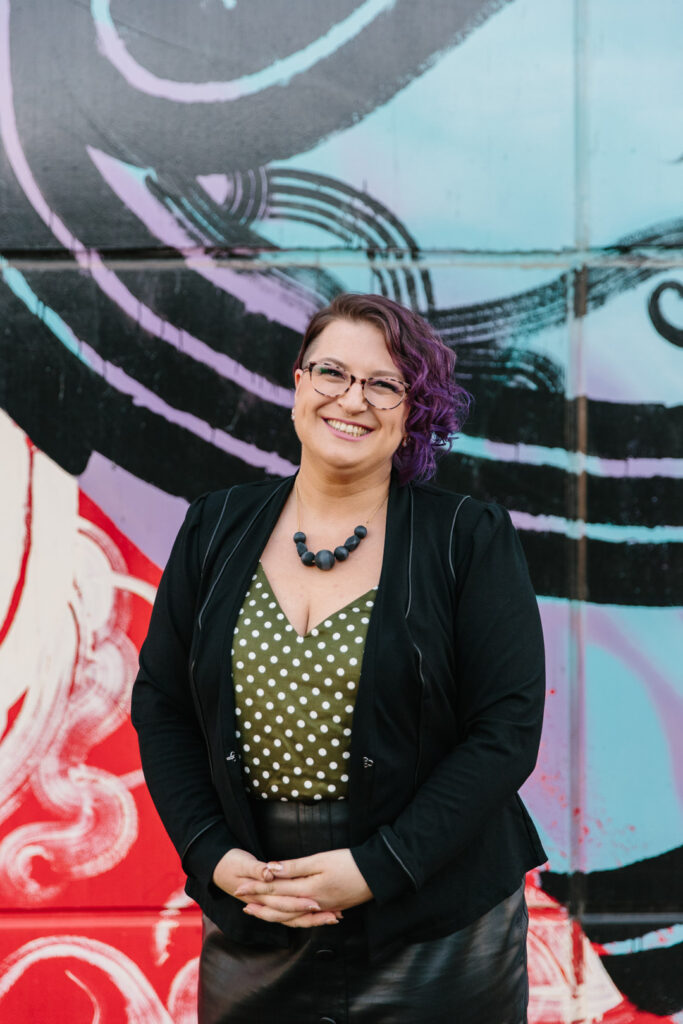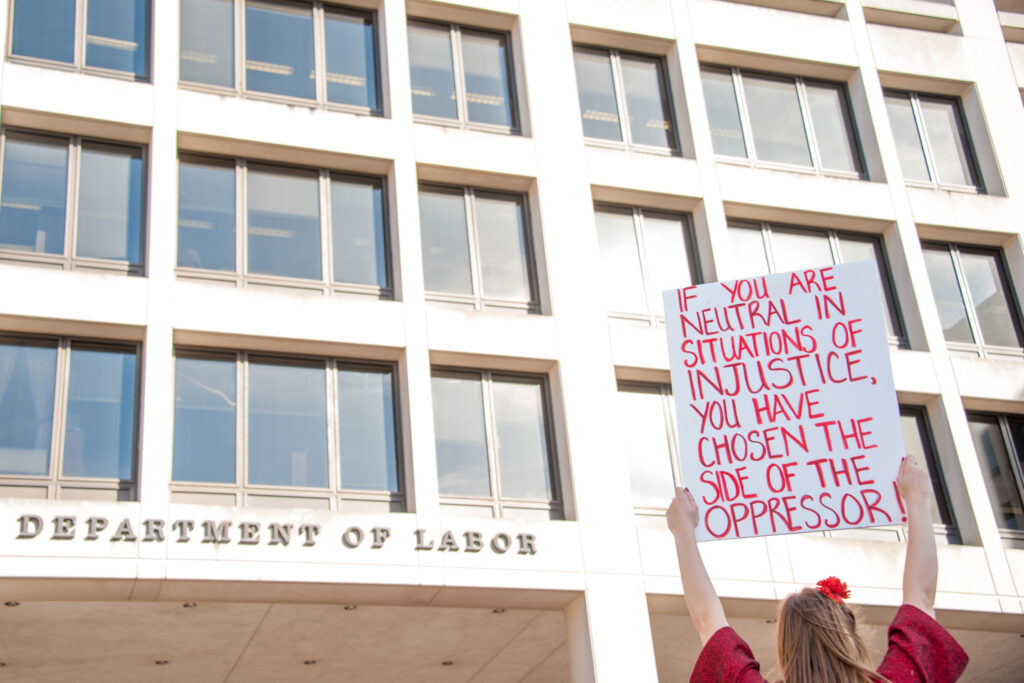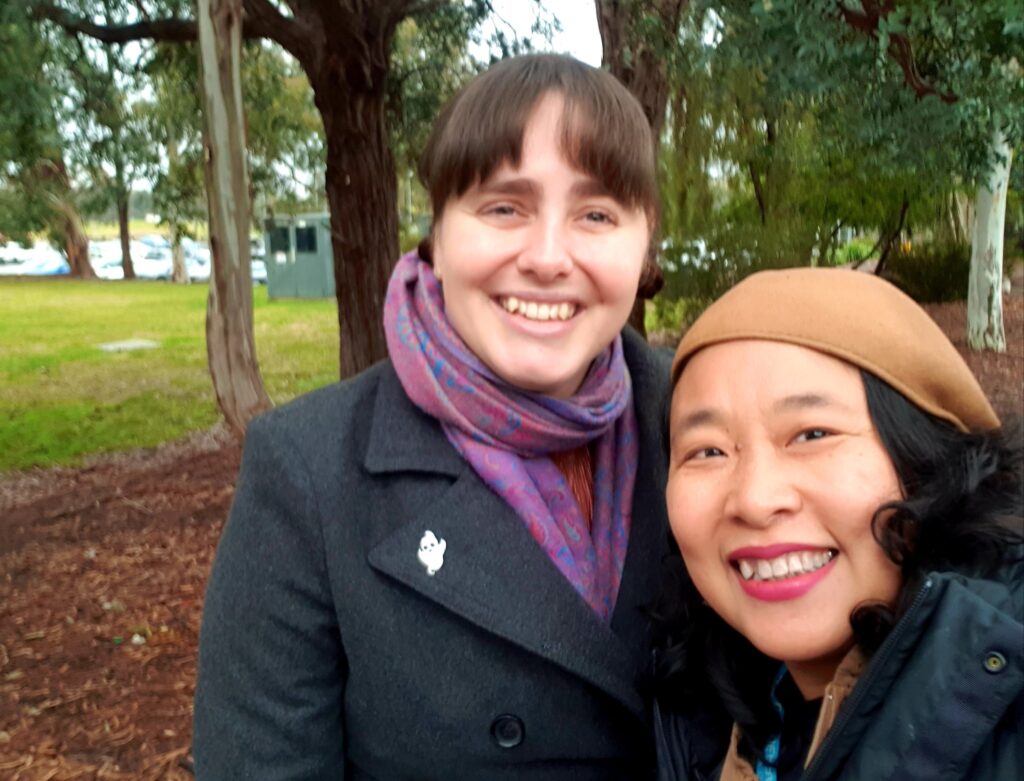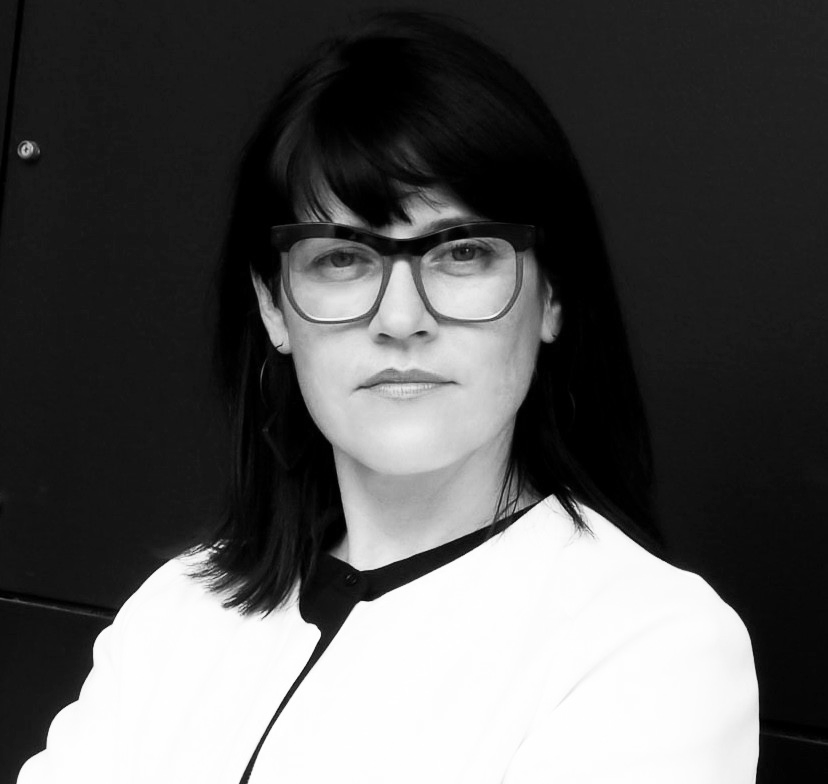There is a passage in Carmen Maria Machado In The Dream House about going back in time to talk to your younger self. I love it because I am a chronic time-travel day dreamer. I also love it because it made me I laugh out loud at the unsentimental answer Machado gives to the ridiculousness of this preoccupation:
“If, one day, a milky portal had opened up in your bedroom and an older version of yourself had stepped out and told you what you know now, would have listened? You’d like to think so, but …you didn’t listen to any of your smarter, wiser friends…so why on earth would you listen to a version of yourself who wrecked her way out of a time orifice like a newborn?”
Still, I can’t help but daydream. Often these daydreams focus on medicine and the body. My body. My fragile, strong, pain in the arse body. A body that has been misdiagnosed by doctors. Ignored by doctors. Condescended by doctors. A body that doctors only now, in 2021, have the knowledge to diagnose.
Medicine moves so slowly. On average, outside of a pandemic, it takes from ten to seventeen years to move from concrete tested research findings to routine clinical practice. It moves more slowly again when it comes to women’s bodies. I learnt in my first year of university, with much horror, that women are routinely excluded from drug and medical trials.
We are excluded for having difficult bodies that don’t conform to the controlled environments of experiments. And if you layer intersectionality onto that, even fewer non-white women are included in research studies. Never mind that men actually have quite considerable levels of hormonal variance too. That men might be a little unruly as well; for them it is more hidden – their variances don’t draw blood. And, well, we live in a patriarchy, so this is just one in a very long list of ways in which medicine has mistreated women and their bodies. From the infamous hysteria diagnoses to the on-going underdiagnosing and undertreatment of women’s chronic pain and health issues, ignoring women’s bodies and women’s suffering has a long history.
Still today, women are less likely to receive lifesaving care for a heart attack than men, because most doctors don’t know, or simply don’t take seriously, the very different symptoms of heart attacks in women. It took years of suffering and thousands of complaints for women to have problems associated with ‘vaginal mesh surgery’ for incontinence to be recognised, and that technique to be banned as an ineffective and damaging treatment.
The inequities run to denying women treatments routinely available to men. Testosterone replacement therapy is known to help women as well as men, but it’s only on the national pharmaceutical benefit scheme for men. Viagra, which is helpful for treating problems with the lining of the uterus, is also not covered for use by women, though the government will happily subsidise a routine erection. Women are even excluded from universal health services: at the time I write this, only 37% of people receiving benefits from one of the largest social and health welfare programs in our history – the National Disability Insurance Scheme – are women. This is despite the fact that our population statistics indicate that disability is at least equally split between men and women.
When I nearly bled to death in a storage room in a Sydney hospital, the director of the emergency department allowed me to spend as much time as I felt I needed speaking to him about the incident. This was my compensation for nearly dying because of medical neglect. It didn’t feel like much compensation, but I made of it what I could.
I grilled him on the differences in health care received by men and women: no, he did not know women underrate their pain when it is likely higher than men’s. No, he did not know that women are less likely to be treated for heart attacks when they present to emergency. No, he did not know that women are less likely to be listened to when they present with health problems – from chronic pain to serious disability. This, I told him, is why a woman in her thirties came moments from losing her life in your ER – “because you didn’t see me, you didn’t hear me. Because of my gender, you disregarded me”.
Globally, in our fight to overcome the gendered biases in medicine, women have dedicated whole months to specific female diseases in the hope that that doctors will be unable to continue to ignore them. We have endometriosis month, post-menstrual dysphoria month, polycystic ovary awareness month, amongst months for other long ignored but serious conditions.
We give months in an attempt to overcome years of medicine not taking women’s pain and health seriously.
I have had an adventurous time with my body. I tell each new doctor I see ‘I’ve collected every reproductive health condition there is’. And they laugh, until I list them off and they realise I wasn’t making a joke and it’s probably not great practice to laugh at the multiple, life altering, diagnoses of your patient.
First, I got endometriosis which is pretty well known now; it’s when the lining of the uterus grows on, and into, organs and in the abdominal cavity. It’s painful and can cause significant damage to women’s organs in some cases. Soon after that diagnosis, I developed some variant of polycystic ovarian syndrome that at the time they weren’t sure about because “only overweight women have PCOS” (a statement now known to be completely untrue). Later on, when trying to get pregnant, I found out I had adenomyosis; a disease I describe as the evil cousin of endometriosis. It is endometriosis growing inside the muscles of your uterus. It is exactly as messed up and painful as that sounds. And somewhere back there in that mix I also developed post-menstrual dysphoria disorder, before we had a name for it.
When I was twenty, and three endometriosis surgeries had not cured my pain and none of the treatments made the PCOS systems liveable, a doctor put me on a drug that induced menopause. When I came back several months later and said “this is amazing, you’ve given me my life back. The pain is gone. The fatigue is gone. My moods feel stable and normal again”, he nodded.
He then said, “I wasn’t sure if you had a reproductive health problem or a psychiatric problem”.
I wanted to yell at that doctor. I wanted to slam my first on his desk and say ‘seriously?! You’re telling me you haven’t believed the things I’ve been saying to you for years?! And you think I should trust you as a doctor, trust you with my health… still?’. But I also wanted to prove it was a reproductive problem, not a psychiatric problem, and I wanted stay on the drug that had transformed my wellbeing and my life. So, I didn’t say anything. I just nodded back, gathered my script and left his office.
How often have women not said something, because we are socialised to not speak? To not make a scene? To not challenge male authority figures?
In the famous book ‘Men Explain Things To Me’, Rebecca Solnit wrote about how any woman in any professional field knows, more often than not, their male counterparts won’t listen to them. That male authority figures will speak down to them. I have found far too often that this overconfidence extends to knowing women’s bodies and bodily experiences better than the woman who inhabits that body. And this silencing, in reaction to that over confidence, extends to speaking out about our own bodies – because at best we might not be heard, and at worst our words might be used against us.
I argued with doctors for years to stay on that one menopause drug that helped me. I described my body as being “allergic to its own hormones”. Artificial were fine, but if I came off the menopause drug and started producing my own again everything went sideways. When I described my experiences, I was told ‘hormones can’t do all the things you say are happening to you’. Time travelling me would like to go back and say ‘hormones can cause psychosis, so I think that proves they can do pretty much anything’. It’s true, while rare, post-partum psychosis can be brought on by hormones that flood the female body after pregnancy. Of course, saying the word ‘psychosis’ in a medical setting is, in itself, a dangerous thing as a woman.
I remember spending a whole day ugly crying on my living room floor in during when they said they wouldn’t let me stay on the drugs for more than 6 months. By the end my day of crying I decided I would have a hysterectomy at all of 22, because I would not go back to what my life was like before. And then I cried some more, because it felt so unbearably unfair that this was all medicine could offer me.
When I asked for the surgery, the doctors yielded and gave me the drug. All of a sudden, the un-doable was doable. No doctor wanted to leave a woman in her early twenties sterile. Women’s ability to reproduce matters, their quality of life does not. That’s what 22-year-old me learnt from those doctors.
I then spent years feeling as though I was some kind of ‘unnatural woman’ for being hormone supressed, and kept it a secret from most everyone I knew.
That girl in her late teens, three surgeries down and still in pain.
That young woman who felt there was nowhere to turn when the best women’s health doctor in the country said he’d been thinking she had a psychiatric disorder not a pain disorder.
This woman in her early twenties who wept on the floor of her living room for six straight hours because if they refused her a drug, her only option was removing her entire reproductive system.
The women in her late twenties still hiding she had medical conditions so severe she was chemically menopausal.
This is who I now daydream of going back in time to speak to. I want to go back and tell her she is right. That one day a doctor will say “we find some women react very strangely to their own hormones… it’s almost like they’re allergic to them”. I want to tell her that doctors will say “we believe you”. That “treatment options are limited. But we believe you”. Because there is such power in being believed. In not feeling like you are in an endless fight with a system much larger and more powerful than you.
Solinit argues that to be a woman is to face your own annihilation in numerous ways, because we live in a society that relishes women’s erasures. Reflecting on her youth, she said “The fight wasn’t just to survive bodily, though that could be intense enough, but to survive as a person possessed of rights including the right to… dignity”.
The failure of medicine to listen to women, to invest in the health of women, is an attack on both our bodies and our dignity. And our struggle is not just to receive treatment, but to be seen as worthy of treatment. To matter enough, individually and collectively, that society will not tolerate medical complacency.
Eventually, medicine does and will catch up – which is to say, eventually society catches up. For medicine and society are enmeshed; society reinforces medical views of women, and in turn medicine reinforces societal views of women. Women were diagnosed as hysterical when it served the broader social project of keeping women subservient. Women don’t need drugs such as testosterone cream when it serves the neoliberally governed public purse not to finance them.
Almost every doctor I’ve met is loath to admit it, but medical knowledge is cultural.
The fact that it is cultural, however, means that it changes and can be changed. The story I have told here is a personal one, of personal problems. But the cure is not personal – it is cultural and communal. So many women have begun to speak both privately and publicly about their pain. About the things we are meant to keep hidden – bleeding, periods, hormones, and what it’s like to experience them all going wrong.
When we collectively use our voice, we make complacency unacceptable. And in doing so, better treatments will come; medicine will catch up. We must continue to rebel against the erasure of our suffering.
Feature image of Gemma Carey at home, by Hilary Wardhaugh.
The post Time to stop excluding women for having difficult bodies appeared first on BroadAgenda.
This post was originally published on BroadAgenda.

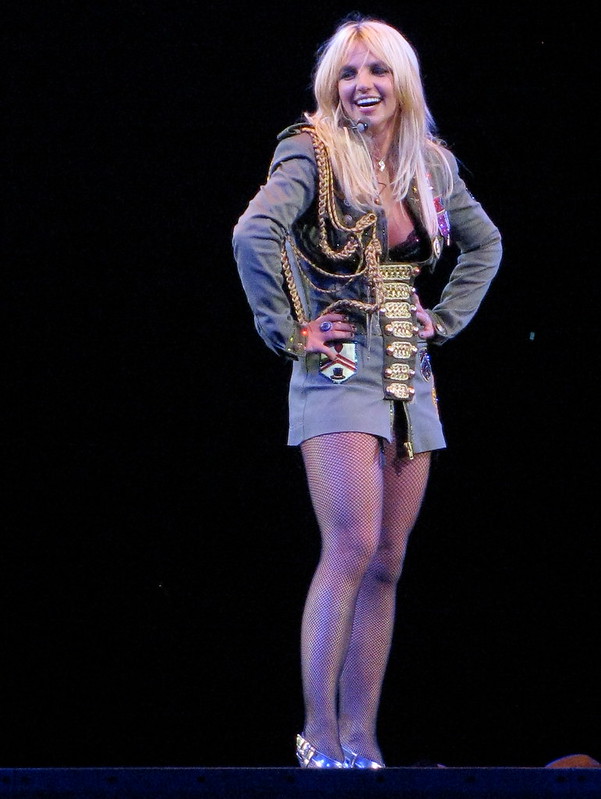



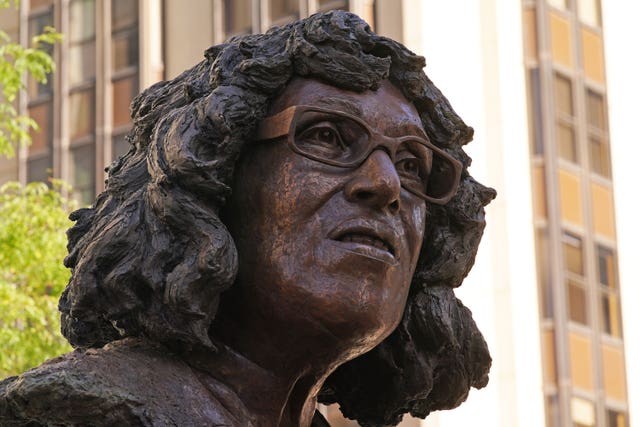
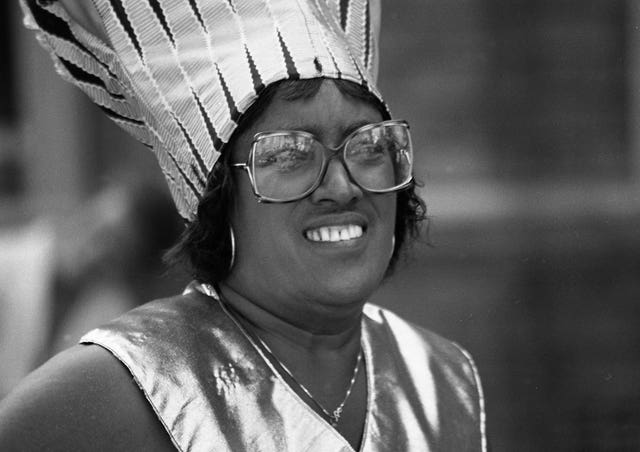
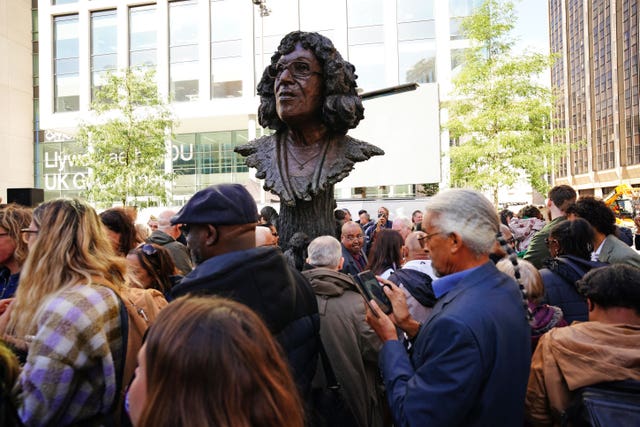
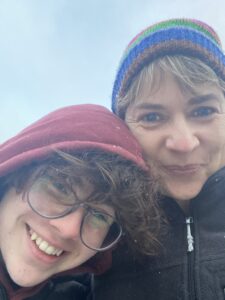
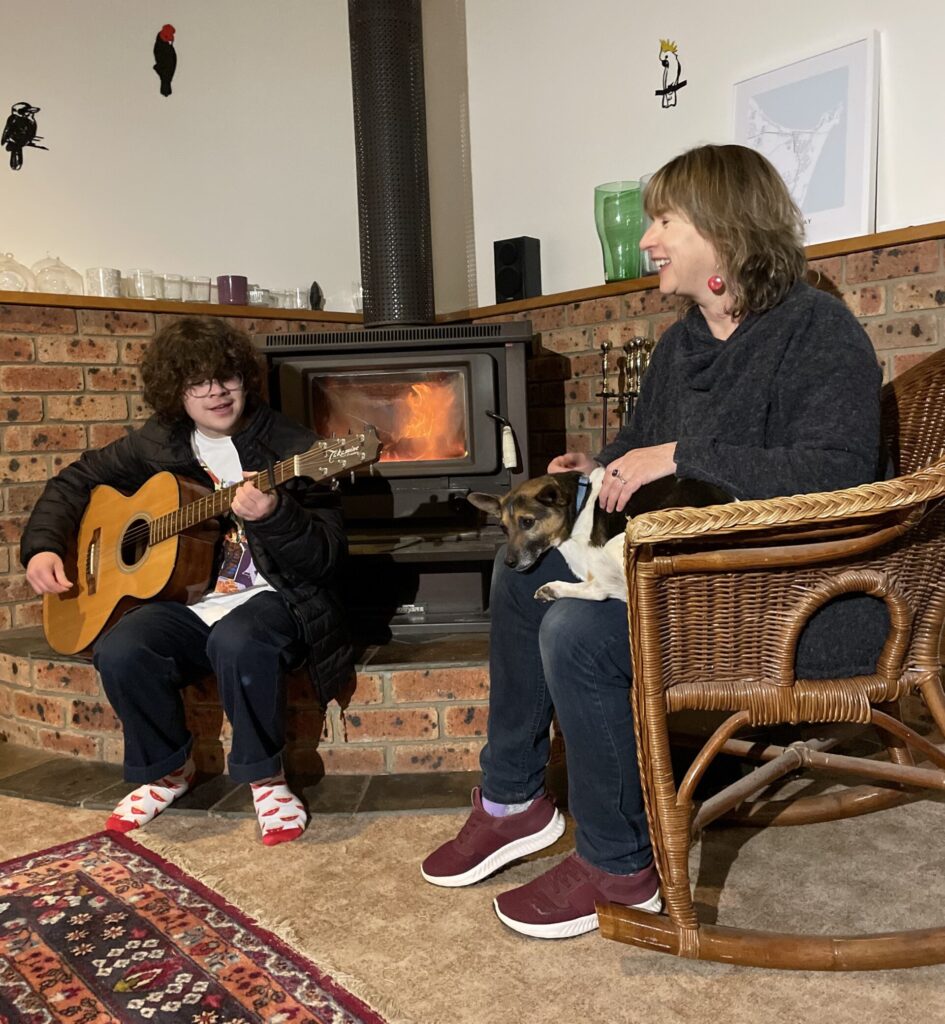
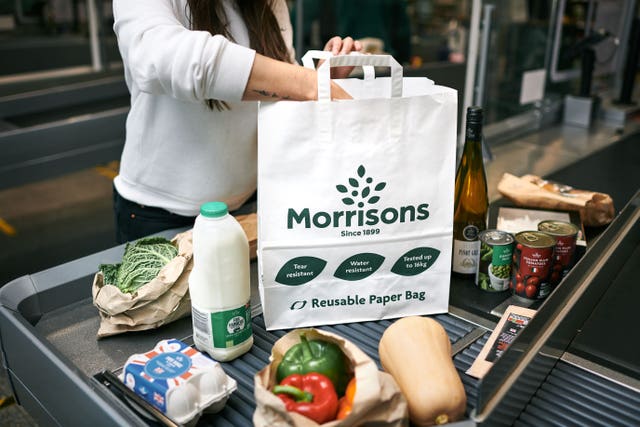
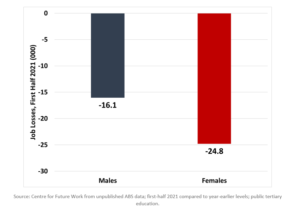
 What did we do?
What did we do?